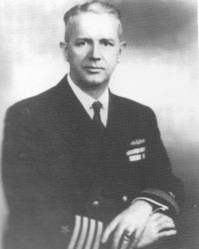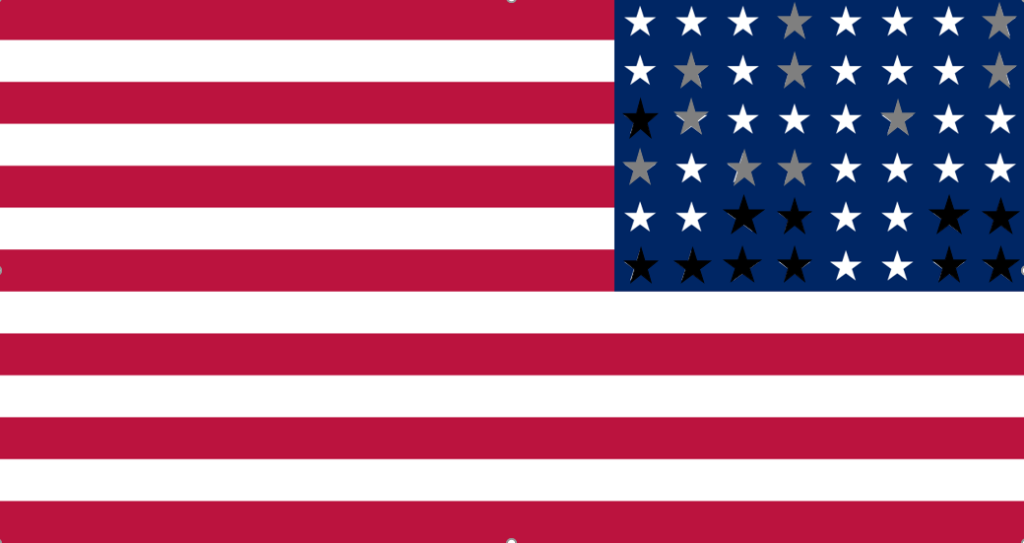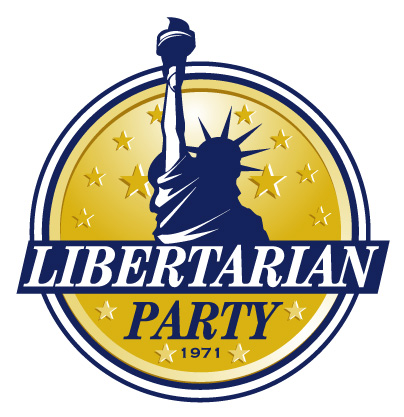At 3:PM Eastern Standard Time, commander (sic) Laurence F. Safford, officer-in-charge of Naval Security Group, Pearl Harbor of the navy of the United states, begins decoding 13 parts of a 14-part message, transmitted from the Foreign Ministry, of the Empire of Japan, to their embassy in the District of Columbia. At 9:30 that night, Safford presents them to de facto Commander-in-Chief Franklin Roosevelt, Esq., who upon reading the passage that states, “The Japanese government cannot tolerate the perpetuation of such a situation [United states support of China in the Second Sino-Japanese War] since it directly runs counter to Japan’s fundamental policy to enable all nations to each enjoy its proper place in the world,” says, “This means war.” When a presidential advisor suggests a preemptive strike, Roosevelt immediately dismisses it saying, “No we can’t do that. We are [a] democracy and a peaceful people. … But we have a good record.”
Question: Was Roosevelt suggesting that because the United states had been transformed from federal republic to a national democracy, that he was no longer bound to his Article IV, Section 4 responsibility to “protect each of them [the States] against Invasion; and … against domestic Violence?”
NOTE: As an attorney (Officer of the Court) Roosevelt was ineligible to serve in two branches of government at the same time, according to Article I, Section 6 [Clause 2].
[restored 7/30/2022] Thanks to Jim Lorenz for his contributions to this entry.
Editors of History Today;
I have just read the article Overlord, Over-ruled and Over There, by David Nichols, in the April 2005 issue.
The second paragraph stunned me as Mr. Nichols repeats the politically correct canard of the Pearl Harbor surprise:
“On December 7th, 1941, ‘a date,’ as Roosevelt said, ‘that will live in infamy,’ the Japanese Air Force attacked Pearl Harbor without warning, killing 2,400 Americans. Japan and America were at war.
The sentence is accepted by many people as technically correct, and I realize that Mr. Nichols was merely setting up his article to get the overpaid, oversexed and over here U.S. troops into the war on the right side. However the joint U.S. and U.K. planning for U.S. involvement began long before Pearl Harbor Day, which the article ignores. This may lead the less well read reader to assume that Pearl Harbor was a huge surprise to Franklin ‘Duplicitous’ Roosevelt and that planning began for U.S.’ entry into the European war began on 8 December 1941. This is not true.
It is true that 7 December 1941 is a date that will live in infamy, because the most surprised people in the world were the U.S. commanders in the Pacific, Admiral Kimmel and General Short, who were then held out as the sacrificial goats for not being alert to the danger, for being caught flat-footed, when they had been knowingly and deliberately kept out of the U.S. Navy’s excellent intelligence loop. This was done on the direct orders of the Chief of Naval Operations. “Betty” Stark (CNO) and F. ‘Duplicitous’ R., President of the United (and ignorant) States. (Please see the included links and the cited references.) —- JL
Subsequent Events:
References:
Robert B. Stinnett, Day of Deceit: The Truth About FDR and Pearl Harbor, (New York: Free Press, 1999), 229-32.


